The HEROINES project shows how citizens can help shape social change through research. In 2025, it was awarded the European Union Prize for Citizen Science.
Citizen science refers to the active participation of citizens in scientific research. People outside traditional research institutions collect data, analyze results, and contribute to the scientific knowledge process in a variety of ways. This form of collaboration not only expands the reach of scientific projects—for example, in the fields of environmental monitoring or biodiversity—but also strengthens understanding of scientific methods and promotes social engagement.
To highlight the potential and impact of such participatory approaches, the European Union Prize for Citizen Science was launched in 2023. The annual prize recognizes outstanding achievements in citizen science and is funded by Horizon Europe. It is awarded by the European Research Executive Agency (REA) in the context of the IMPETUS project. The prize is awarded to initiatives that actively involve citizens in research and innovation with the aim of promoting a pluralistic, inclusive, and sustainable society in Europe. This year, the European Union Prize for Citizen Science goes to the project HEROINES: Heritage of Emancipation, led by a team committed to advancing the rights and visibility of Roma women in Serbia. In our interview with the artists, we explore how community mapping can become a powerful tool for emancipation, and how citizen participation is redefining research from the ground up.
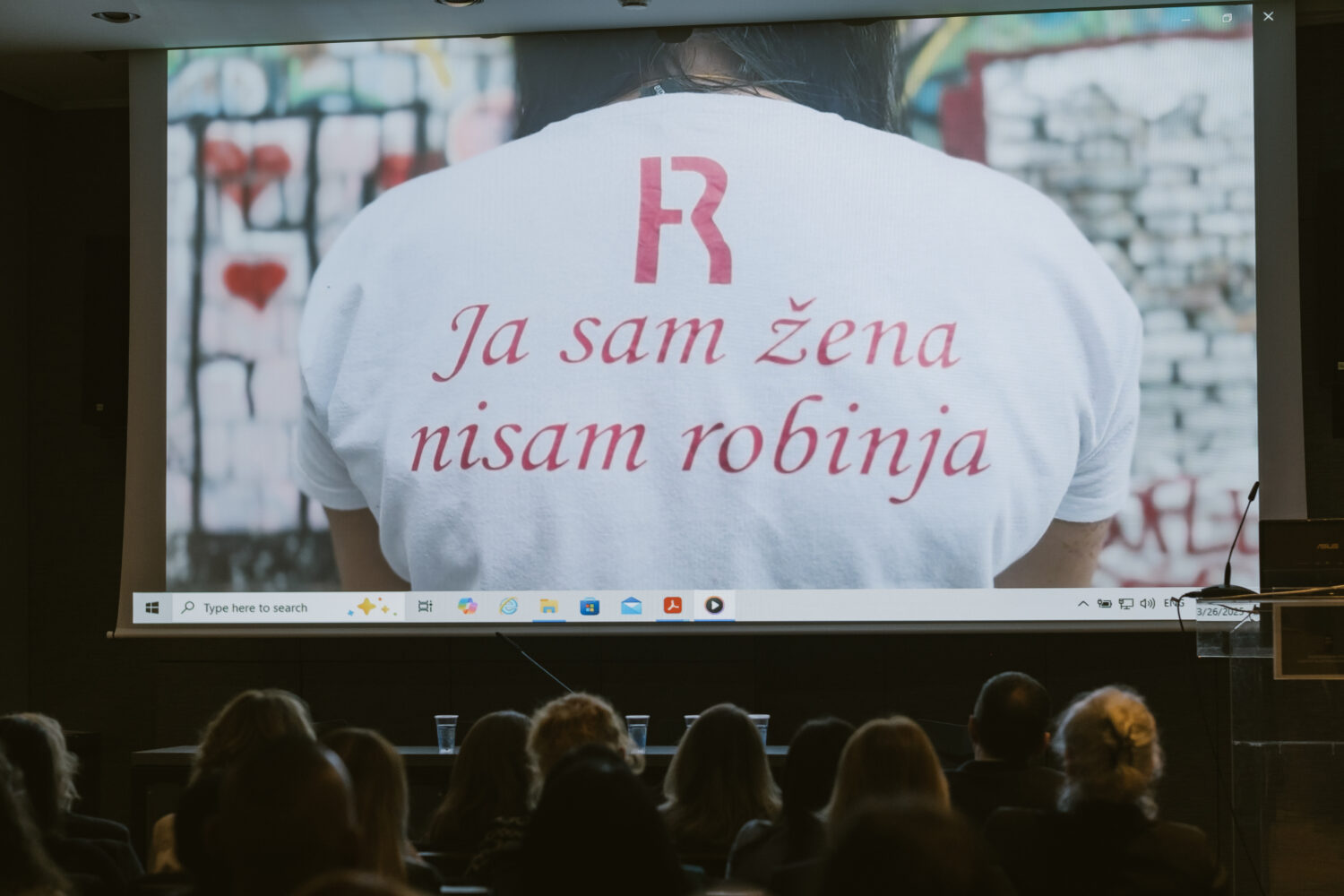
What inspired the HEROINES project, and why did you focus specifically on Roma women in Serbia?
Miloš Rašić: The inspiration for the HEROINES project stemmed from years of critical reflection on the position of Roma in Serbian society, and more specifically, on the position of Roma women. As anthropologists who have worked for many years on various projects aimed primarily at improving the living conditions and social status of Roma in Serbia, the researchers from the Institute of Ethnography SASA were, to the extent possible from an outsider’s perspective, able to grasp the profound challenges faced by Roma communities. These projects often addressed difficult and sensitive topics – such as gender-based violence, child marriage, discrimination, and poverty.
Over time, a multidisciplinary team of researchers in the humanities was formed, including colleagues from the Faculty of Philosophy at the University of Belgrade who brought in expertise in heritage research, particularly in relation to women and marginalized groups. While the team members’ academic interests may have differed, they were united by a common goal: to enable Roma women to finally have their voices heard and valued within an environment where they are multiply marginalized – as members of a discriminated Roma minority and as women.
The team behind this project collectively developed the project’s topic with the intention of honoring all Roma women who, often rendered invisible both within their own communities and in wider society, manage to navigate through hardship and pave the way toward emancipation – not only for themselves and their children, but also for other women in their communities. None of this – the project or the inspiration behind it – would have been possible without the key partner in our work: the Roma Women’s Center Bibija, a Roma-led NGO dedicated to the empowerment of Roma women. The organization’s members have devoted over two decades of their lives to this immensely important mission. Alongside Bibija, the project also includes two other civil society organizations: Ternipe from Pirot and Successful Women of Kostolac, both of which are equally committed to the same goal.
Having had the privilege of working for many years with these incredibly brave and resilient women – whose activism has brought immeasurable benefits to their communities – created the opportunity to jointly design a platform for what we have termed “mapping women’s emancipation in Roma communities in Serbia.” In this way, after years of focusing on extremely difficult and painful topics, we have finally had the chance to engage in what the whole team described as “something positive and beautiful.”
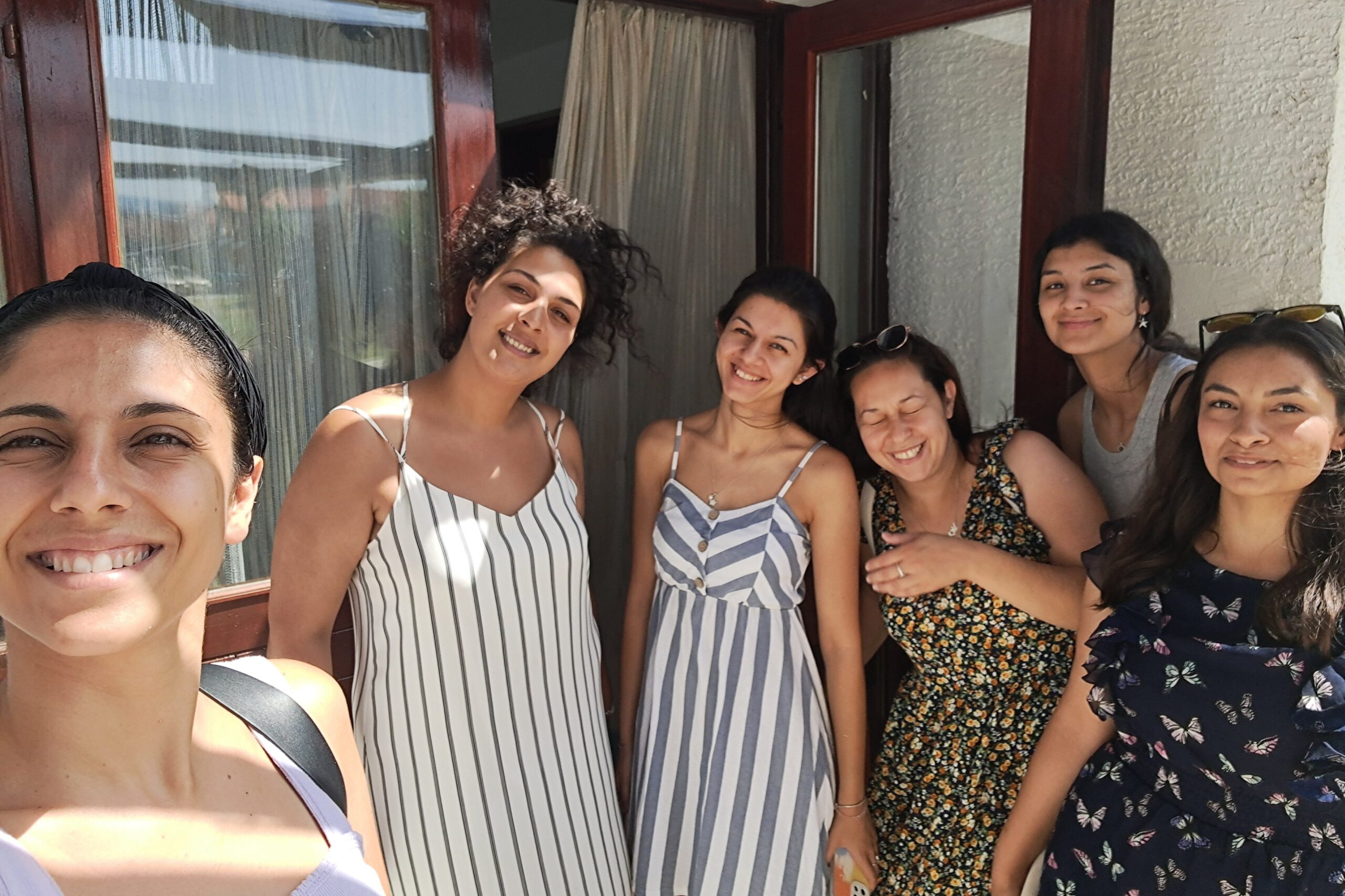
What challenges did you face in building trust with the communities, and how did you address them?
Miloš Rašić: Conducting research in Roma communities in Serbia is always a major challenge, primarily due to their marginalized status in society, which is often reinforced by a vicious cycle of discrimination and poverty. As a result of such unjust conditions, Roma frequently – and justifiably – feel deep mistrust toward anyone coming from the majority population. This is particularly true for Roma women, who experience multiple forms of marginalization and discrimination. Any form of research, no matter how informal, often opens up extremely sensitive issues that can be deeply painful and uncomfortable for them.
It was only through longstanding collaboration and the trust built with women from the Roma partner organizations that it was even possible to contemplate carrying out such a research. Our partners, who work closely with Roma women in their communities and provide them with daily support, facilitated the transfer of trust into the communities themselves.
Two key elements contributed to the success of this process. First, the concept of community mapping as a methodology – and the corresponding research design – were developed to ensure that the entire process was fully inclusive, with all participants playing an active role at every stage in collecting data on women’s emancipation. Secondly, the entire fieldwork phase was conducted by Roma women themselves, using the Manual for Mapping the Heritage of Women’s Emancipation (link), which was collaboratively developed by the full project team.
Unlike many other initiatives, this project is dedicated to affirming the role of Roma women –giving them voice and visibility while recognizing the values that make them true heroines. The exceptional data collected thus far is the result of a dedicated effort to define the process exclusively through a bottom-up approach.
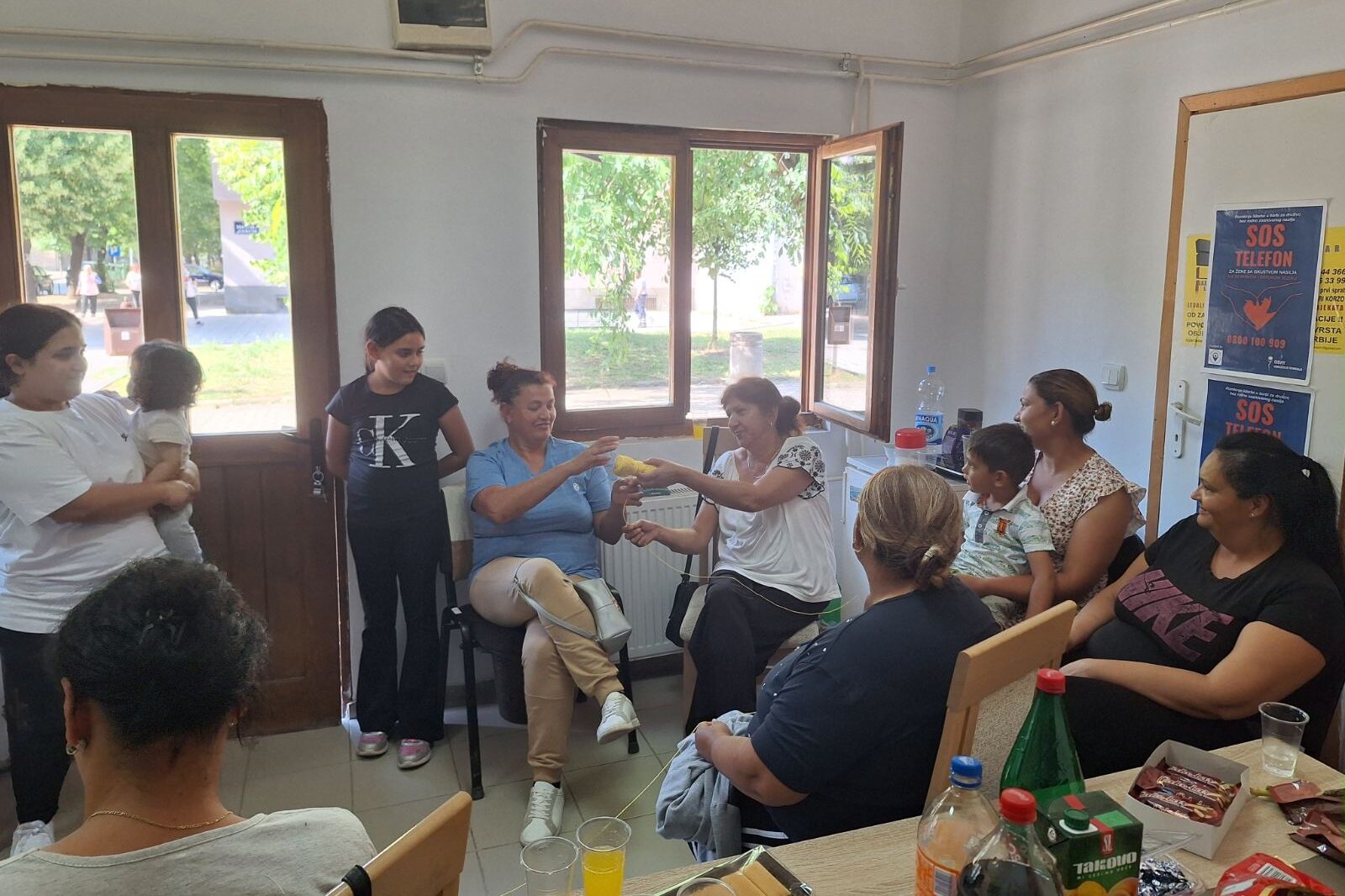
What needs to change in heritage studies or policy to better include empowerment practices like those in HEROINES?
Miloš Rašić: Participatory methodologies in heritage studies and policy have been present for several decades, alongside advocacy for shared ownership of heritage objects and narratives. The need for bottom-up approaches to be placed at the center of heritage-making and safeguarding has been a focal point of debate since at least the late 1970s. With the introduction of the Faro Convention, these efforts became more than individual decisions by practitioners; diverse co-creative practices are now gradually being adopted, even within the most traditional and inert institutions.
However, participatory and socially inclusive approaches still remain outside the mainstream of heritage-related practices. This is in part due to their practical limitations – establishing trust is a long-term process that requires deep institutional commitment. Heritage institutions must first develop participatory and inclusive internal policies, which can then be reflected in their external, public-facing work.
What makes HEROINES distinctive is the foundation of mutual trust between Roma women and members of the research team, developed over years of collaboration, which enabled a truly co-creative process. A key precondition for successfully introducing such significant themes into heritage studies is the recognition of the specific skills, knowledge, and intentions of all partners involved. This ensures that the project’s outcomes are holistic and that the resulting narratives –the core elements of heritage in this case – are presented in ways accessible to broader audiences. The goal is to promote inclusivity across other communities, particularly through the exhibition, which represents the project’s most visible public output.
What can visitors expect from the mobile exhibition, and how does it reflect the voices and stories of Roma women?
Miloš Rašić: The planned mobile exhibition is the result of a long and thoughtful process of exploring what emancipation means – both within the specific context of Roma communities and women, and in broader societal terms. Most importantly, it examines how these two levels can complement and enrich one another.
On one hand, the exhibition is designed for the public, aiming to guide visitors through the journey of emancipation – celebrating its triumphs while also acknowledging the growing pains along the way. As a co-authored outcome of this research project, the exhibition serves two equally important purposes: for the Roma community – particularly Roma women – it affirms the undeniable intangible cultural heritage of their experiences, and for the wider public, it offers an opportunity to confront and deconstruct prevailing prejudices against this highly marginalized group.
The exhibition seeks to demonstrate to a rapidly re-traditionalizing Serbian society the transformative potential of women’s emancipation and networks of solidarity. HEROINES tells the story of Roma women’s emancipation and extends an invitation to all to reflect on the freedoms already gained and those still to be won.
The exhibition, like all other phases of the project, is the result of a carefully guided collaborative process that centers the voices and experiences of Roma women. They shaped the exhibition’s content by defining the key emotions, concepts, and objects that form its thematic and conceptual framework. By sharing their personal stories and memories – each carrying both individual and collective significance – the Roma women became the authors of the exhibition narrative. Its interpretation was carried out by members of the project team with extensive experience in curatorial work. In this way, the exhibition does not speak about Roma women, but with them – through their words, choices, and symbols, which are transformed into universal messages of resilience, identity, and emancipation.

How do you see other marginalized communities using the Community Mapping Toolkit?
Miloš Rašić: The community mapping methodology and the toolkit that emerged from a two-way process – one in which the Roma community was fully involved – constitute a platform that fundamentally insists not only on the active, but the central role of communities in the research process. It is a process through which community members themselves identify and define their strengths, weaknesses, the barriers they face, and ultimately, the strategies for overcoming those barriers. While the process has a solid structure grounded in research methodology – anchored in a clearly defined theme or issue – the themes and issues themselves are identified by the community, which also determines the approach to addressing them.
Marginalized communities, such as the Roma in Serbia, are often deprived of agency, and even in the context of initiatives or public policies aimed at improving their status, their voices are rarely heard – and when they are, it is usually not taken seriously. Community mapping, understood as a deeply participatory process, makes it possible for the community’s voice to be genuinely heard. It allows the community itself to define both the starting point and the trajectory for addressing the issues that directly affect its members and matter to them. In this sense, the community mapping methodology is a tool that can be easily applied in various contexts, particularly for groups in our societies whose voices are silenced or entirely absent.

As an artist working with social research, how do you balance creative freedom with ethical responsibility?
Miloš Rašić: The majority of our academic project team consists of anthropologists, as well as researchers from the field of art history with expertise in heritage studies and curatorial experience. Coming from the humanities – particularly anthropology – ethical considerations are always paramount, especially when working with an extremely vulnerable group such as Roma women.
In addition to formal and necessary ethical guidelines outlined in professional codes of conduct, a crucial corrective factor in our case has been the “common-sense,” everyday knowledge not only of us as field researchers, but more importantly of our Roma partners, whose expertise stems from their daily and deeply rooted engagement with the community.
Beyond ethnographic work and collaboration with community actors during the research phase, the creative dimension of the project – the exhibition – is also being developed through participatory processes. This means that Roma women are not simply subjects or sources of inspiration, but active collaborators in shaping the narrative, visual expression, and modes of presentation. In this way, our goal is not to produce mere representations but to engage in co-creative acts.
From this perspective, the ethical dimension is the guiding thread throughout the entire process, which also defines the boundaries of creative freedom in relation to the ethics of research. In our specific case, ethical responsibility also entails avoiding the reproduction of stereotypes about the Roma community. Our aim is not to speak on behalf of Roma women, but to create a space where they themselves can articulate their stories, struggles, and emancipatory practices.
Striking this balance is of critical importance to us, as it forms the foundation of trust – particularly when representing Roma women’s emancipation through creative expression such as an exhibition. An essential part of this process is our ongoing reflexivity, which includes the readiness to question our own methods, positions of power, and the influence we hold as researchers. This kind of autoethnographic reflection ensures that the balance between creativity and ethics is not only declarative, but a lived and sustained practice.
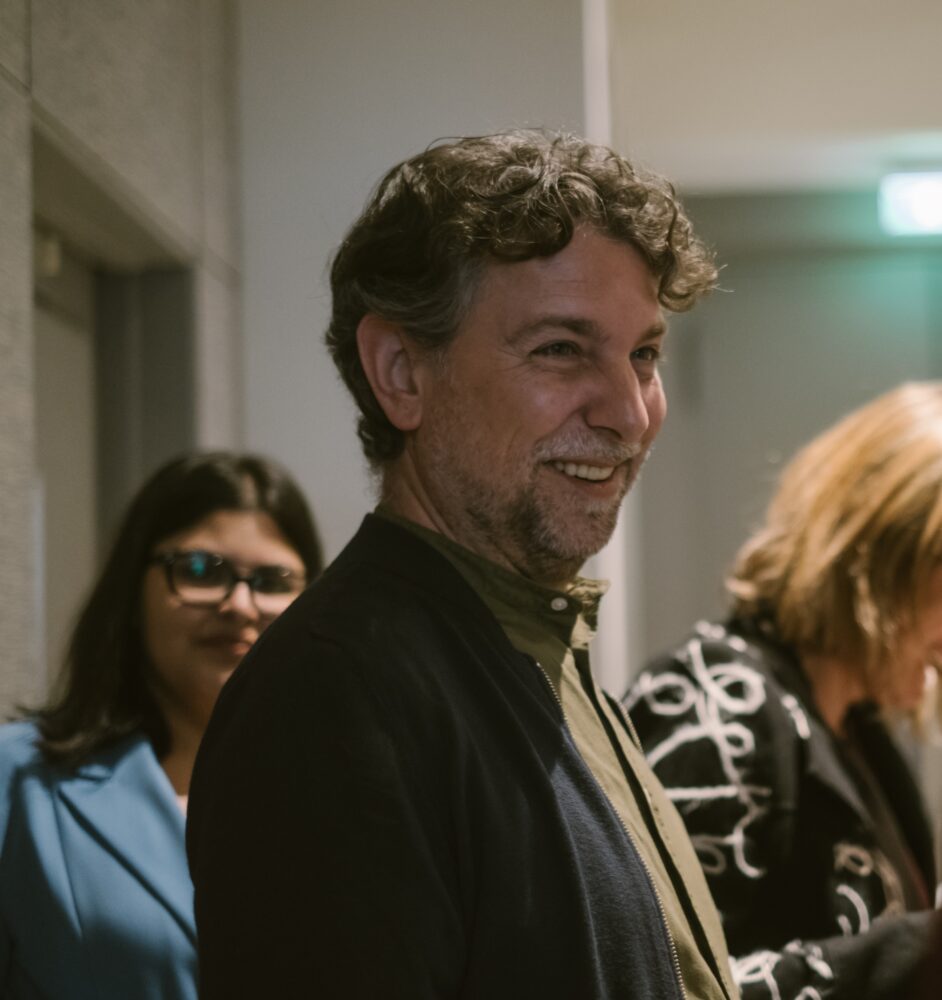
Ivan Đorđević
Dr. Ivan Đorđević is a senior research fellow at the Institute of Ethnography at SASA and an adjunct lecturer in the Global Health Studies Program at Northwestern University (USA). He holds a PhD in Cultural Anthropology from the University of Belgrade and conducts research on disadvantaged Romani communities in Serbia, with a focus on women’s rights. He has led numerous research and consulting projects, including for UNICEF, the World Bank, and the WHO.

Slavica Vasić Mitrović
Slavica Vasić Mitrović is co-founder of the “BIBIJA” – Roma Women Center (1998) and a leading activist for human and women’s rights. In 2004, she founded the Roma Women’s Network in Serbia, which today unites 35 organizations. With over 20 years of experience in government, civil society, and grassroots activism, she received the EU Prize for Roma Integration in 2019.
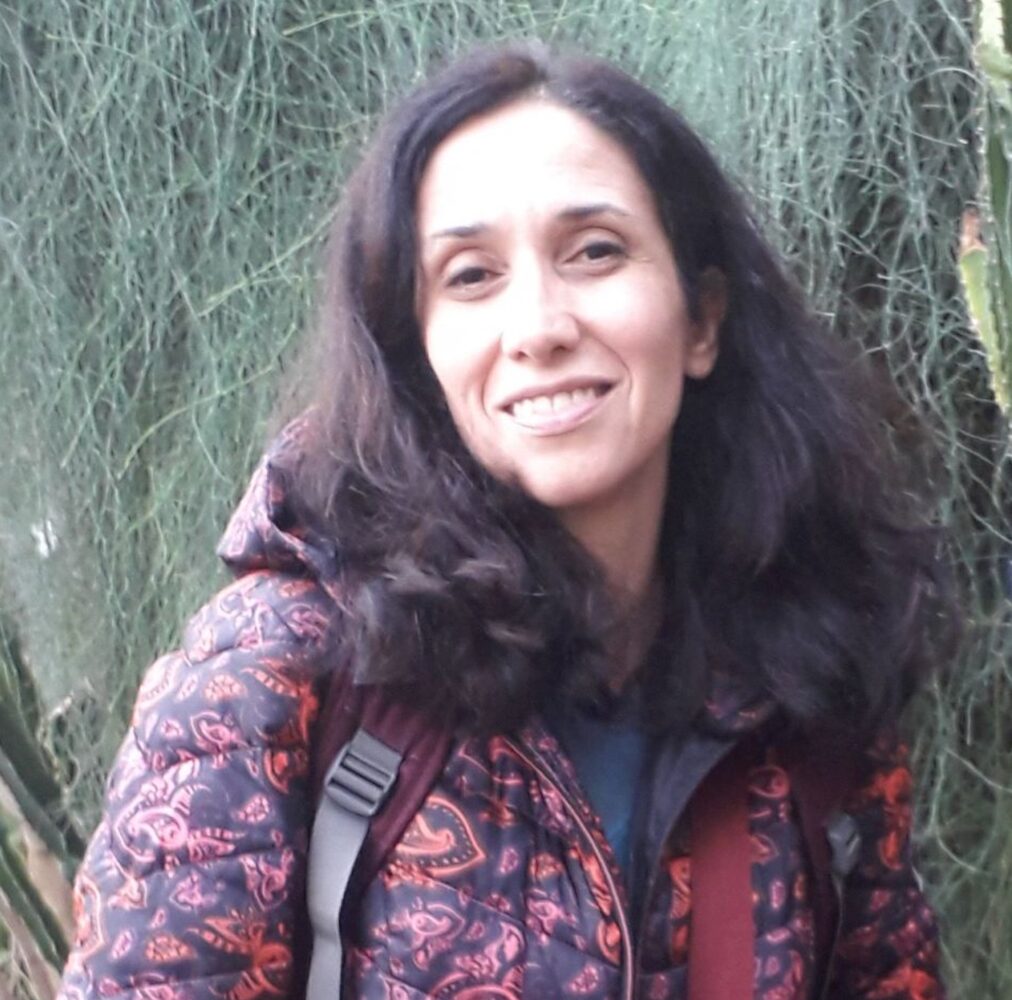
Lada Stevanović
Dr. Lada Stevanović is an anthropologist and senior research fellow at the Institute of Ethnography at SASA in Belgrade. Her research focuses on the history of patriarchy and the impact of hegemonic structures on marginalized groups. She has published two books and was awarded the SEFEM Anđelka Milić Prize in 2021 for her work on women in science and society.

Bojana Bogdanović
Dr. Bojana Bogdanović is an anthropologist and senior research fellow at the Institute of Ethnography at SASA. She was previously senior curator at the Old Village Sirogojno Open-Air Museum (2004–2017). Her research focuses on gender, political and urban anthropology, and memory culture. She is the author of three books and over 40 academic articles.
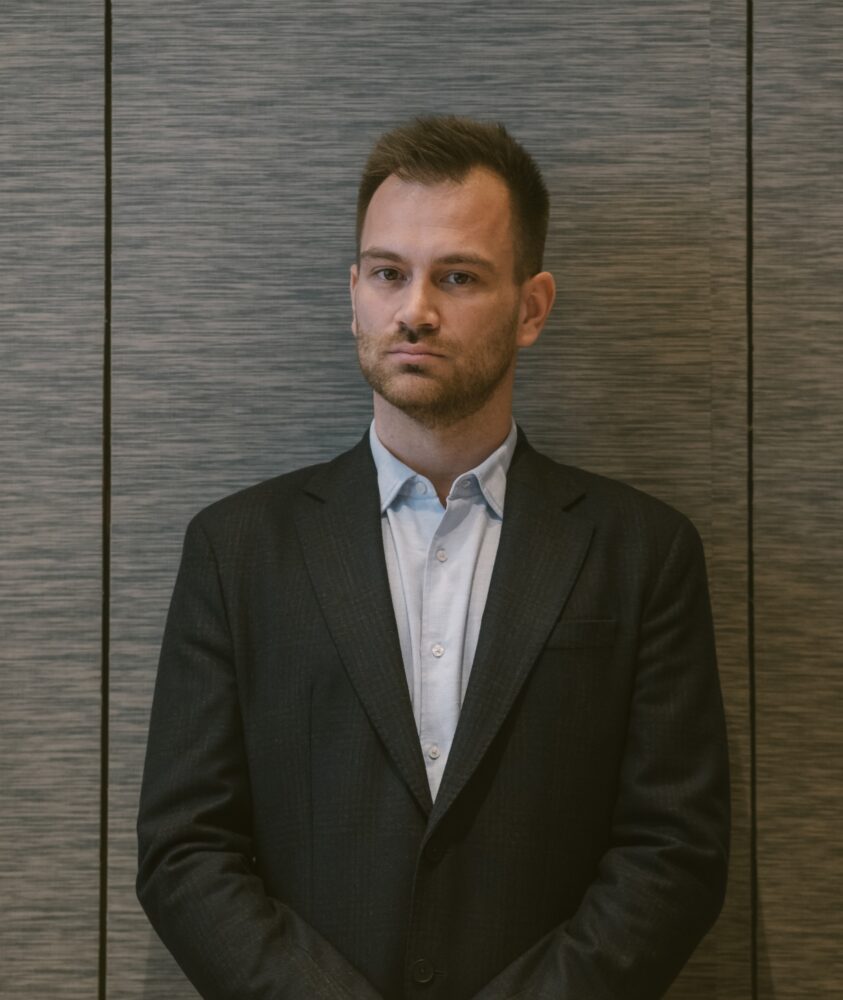
Miloš Rašić
Dr. Miloš Rašić is a research fellow at the Institute of Ethnography at SASA. He conducts research on migration, identity, and cultural heritage. His book Imagined Homeland was named the best ethnological work in Serbia in 2022. He has worked on projects for the World Bank and UNICEF, among others, and received an award from the Serbian Ministry of Science in 2024.
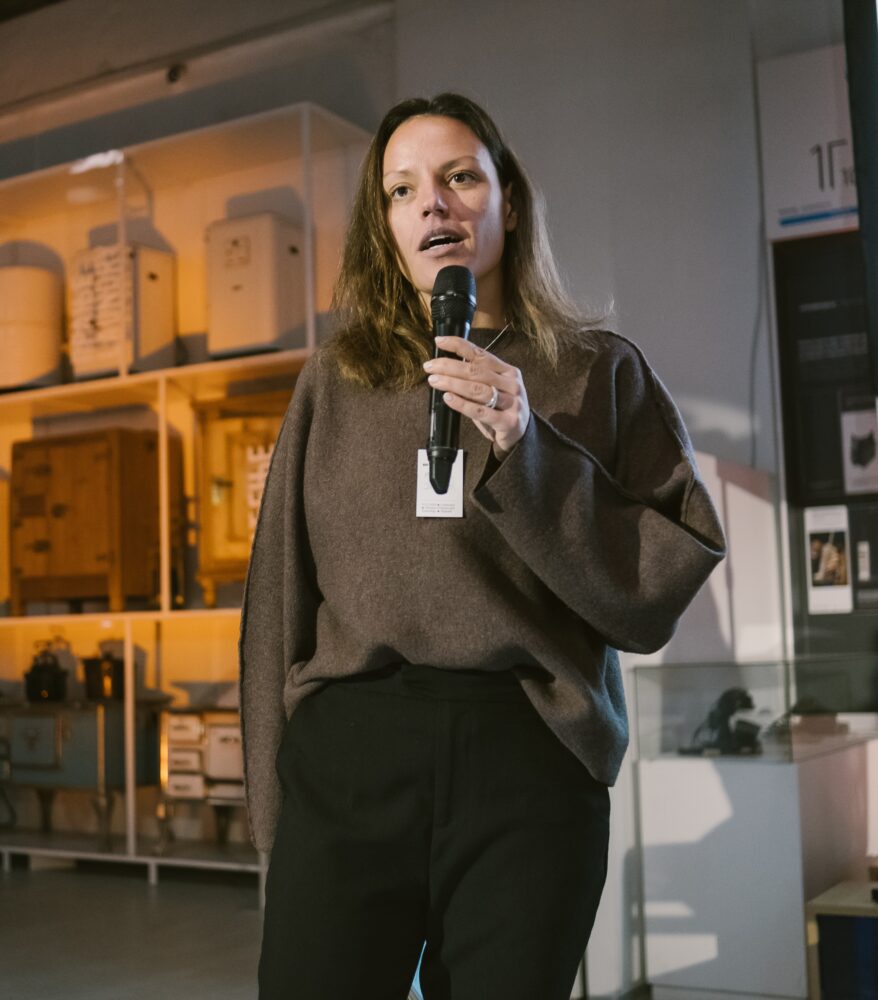
Milena Jokanović
Milena Jokanović, PhD, is a research associate and lecturer at the Institute of Art History in the Faculty of Arts. Her research focuses on alternative approaches to interpreting cultural heritage with an emphasis on diversity and empowerment. In the project “Transformative Grassroots Leadership Training,” she worked on community-based empowerment processes for Romani women.
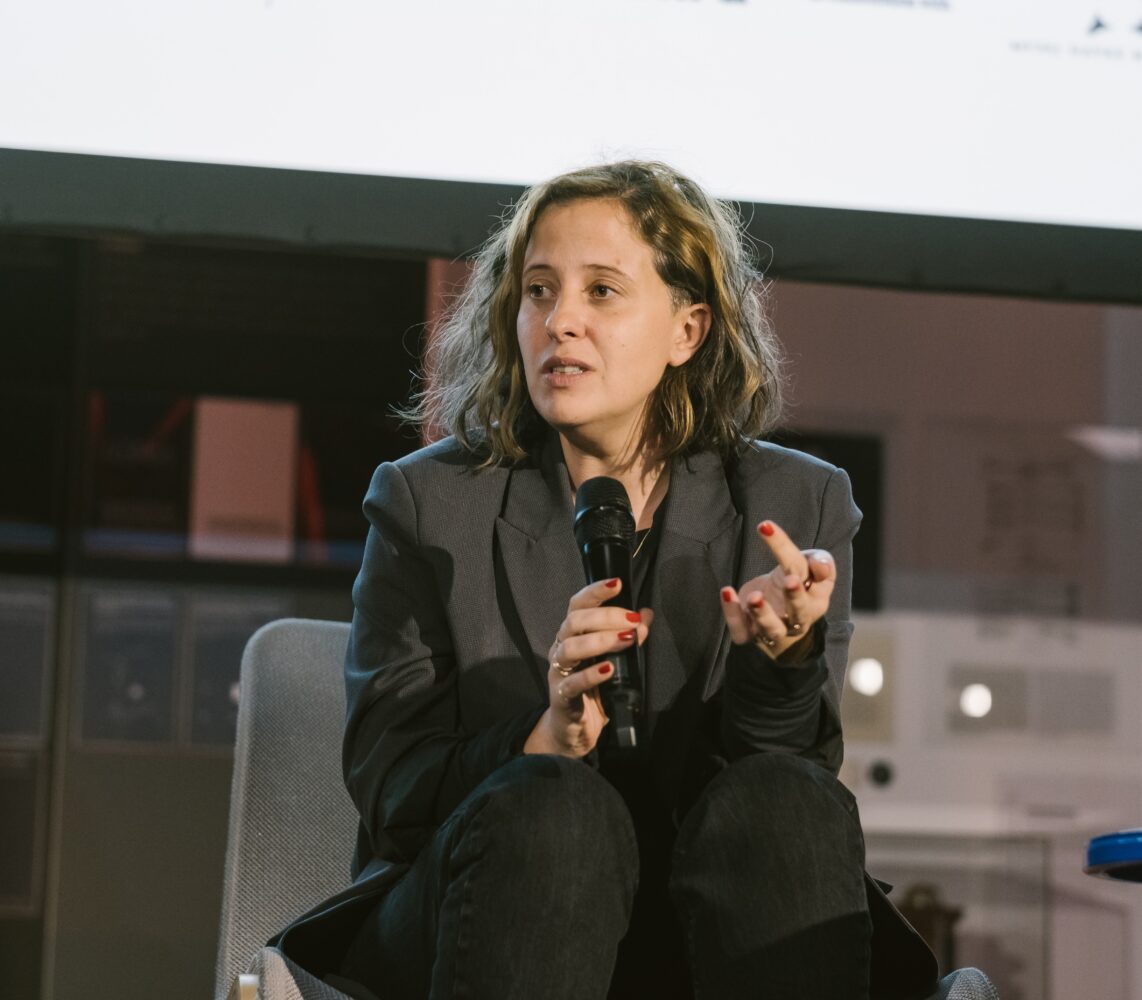
Marija Đorđević
Dr. Marija Đorđević is a cultural scientist and research associate at the Faculty of Philosophy. She conducts research on cultural heritage and emancipatory practices as intangible, performative heritage. In 2021, she published the book Yugoslavia Commemorates. In 2023, she participated in the Transformative Grassroots Leadership Training project.
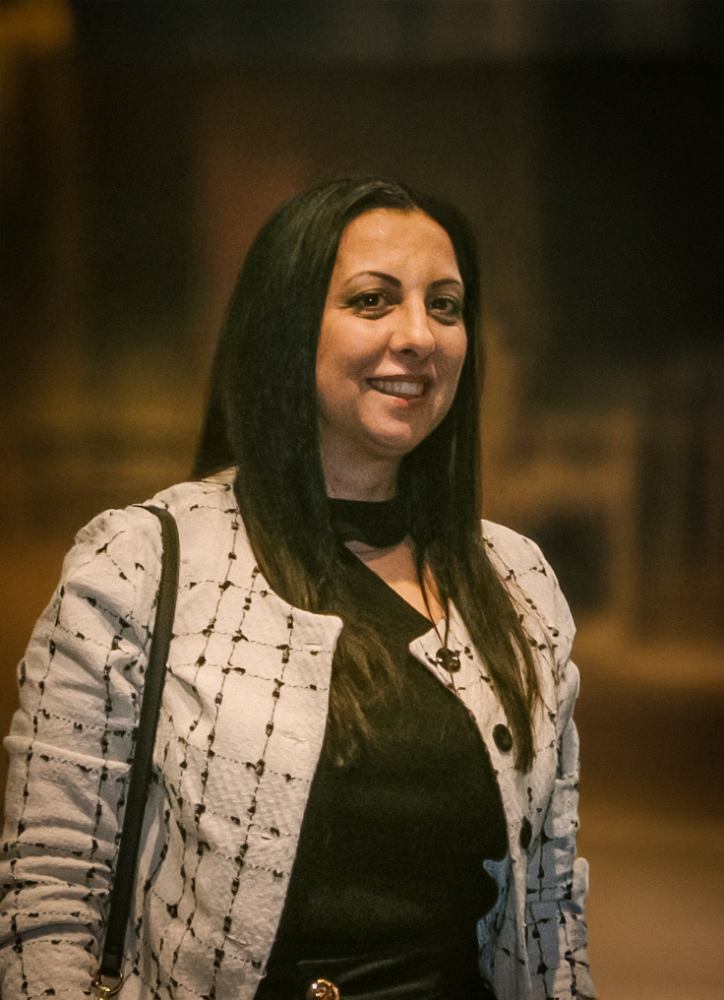
Svetlana Ilić
Svetlana Ilić is an educational assistant at the Jovan Cvijić primary school in Belgrade, where she supports Roma children and their parents, with a particular focus on preventing girls from dropping out of school. Since 2001, she has been involved in the Roma women’s center BIBIJA, focusing on education, health, economic integration, child marriage, and early childhood development, particularly in her work with women and girls. She has participated in training courses on the protection and empowerment of Roma women.

Svetlana Marinković
Svetlana Marinković has been a teaching assistant at a primary school since 2009 and has been involved in the BIBIJA Roma Women’s Center for many years. She has participated in training courses offered by numerous organizations, including the Ministry of Education, the Red Cross, the OSCE, and the UNHCR. Her work with NGOs such as the Roma Women’s Center in Rakovica and Bibija demonstrates her strong commitment to empowerment and charitable work.
